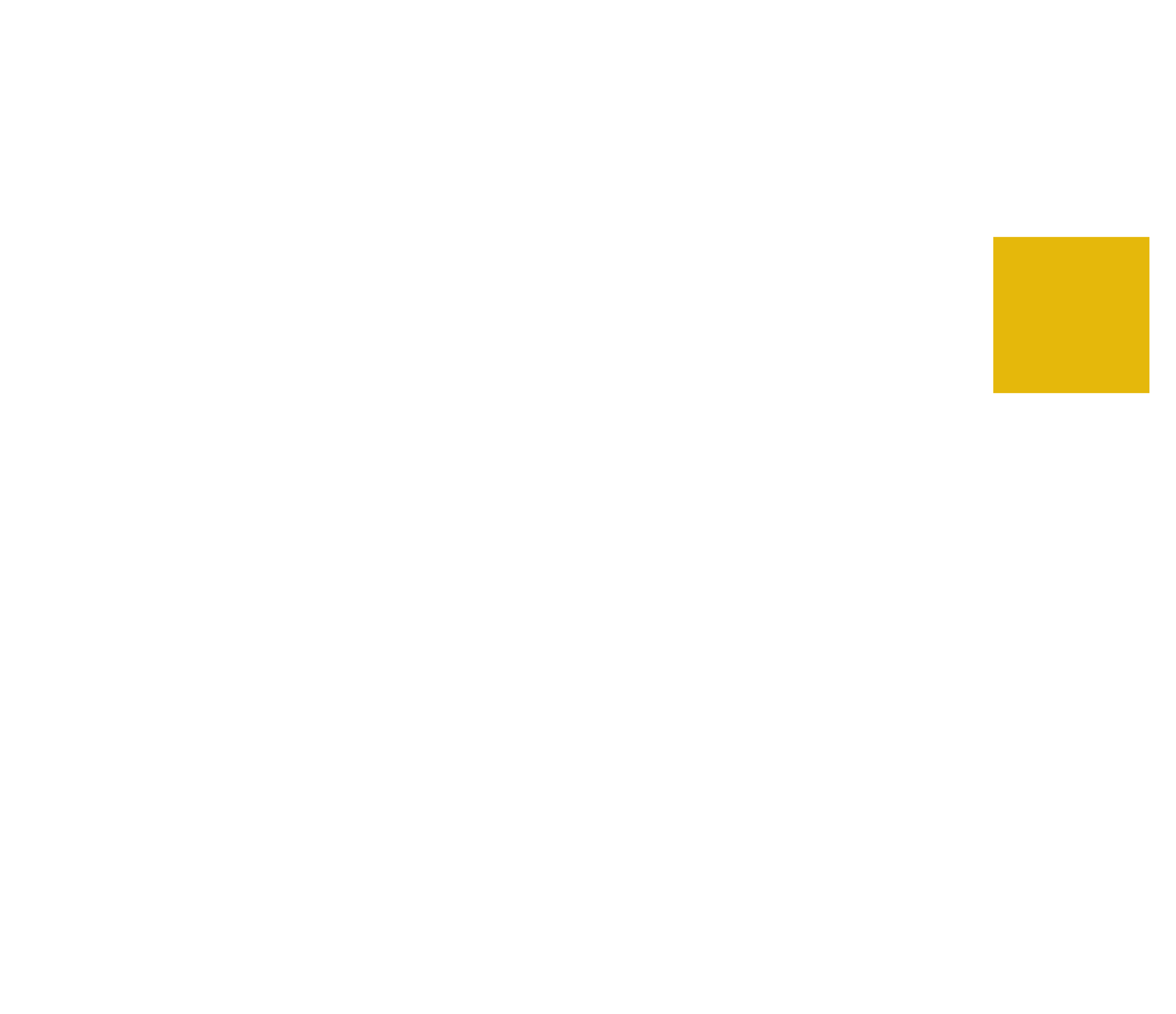Although a Supervisory Board is made up of individuals, it operates as a team. “That awareness is often missing,” says Ed van der Sande, Partner, Leadership Practice at Odgers. “By focusing on interaction and dynamics in the boardroom, a self-evaluation becomes genuinely valuable.”
Many supervisors treat the annual self-evaluation as a box-ticking exercise to satisfy regulatory requirements. “Understandable, given the intense scrutiny they are under. But when you consider how much time and energy supervisors invest in helping organisations move forward, they deserve a more substantive conversation. Not just filling in a questionnaire, but probing one layer deeper,” Van der Sande argues.
A need for greater depth
“In practice I see a clear appetite for deeper reflection, yet time pressure often prevents this. That’s regrettable, because if you only assess individual performance you miss something important. I believe both the effectiveness of the Supervisory Board as a whole and its interaction with the Executive Board and the organisation improve when the board regularly steps back to examine how it actually interacts. Boardroom dynamics should receive much more attention.”
“I believe in the team interest of a Supervisory Board.”
“This approach starts with acknowledging that the Supervisory Board is a team. A particular kind of team, they only meet five or six times a year, but it nevertheless displays the characteristics of a team. Once you recognise that, you view your role and the self-evaluation very differently. As a team you share a purpose, you are mutually dependent, you have collective responsibility and defined roles. Collaboration, communication and speaking up are essential and it is precisely the last of these that often proves difficult in a self-evaluation conducted without external facilitation.”
Make room for ‘difficult conversations’
Does that mean annual external facilitation is necessary? “Not necessarily. Year after year can become repetitive. A sensible compromise is external facilitation every other year, and in the intervening year hold an hour of ‘difficult conversations’. There’s no agenda, it’s not an evaluation: you reflect with your feet up, guided by someone impartial. Where do we actually stand? I also strongly believe it is wise to have the same facilitator over a longer period, because that allows you to get straight into a much deeper level.”
“Bringing the unspoken into the open.”
“That is how latent issues surface. In my experience there is never anything explicit beforehand, but there is always something. Things that matter, but which previously went unsaid. For example, a board member may feel insufficiently involved in a topic outside their domain, yet they do not raise it. "The other party is working so hard, so who am I to comment?”
“Or an audit committee that only provides a terse report-back, while other Supervisory Board members could have provided valuable input had they been aware of the considerations and discussion points. Ignoring such issues can create friction over time. You fail to leverage each other’s strengths as a team. Becoming aware of this increases the Supervisory Board’s effectiveness and impact.”
“That is why it is so important to make the unspoken speakable. That is what we do when we facilitate self-evaluations. We do not judge; we make things clear and discussable. We also convert subjective impressions into objective data.”
“What do we observe in the boardroom? We watch as a ‘fly on the wall’.”
What does a professional self-evaluation look like?
“A professional self-evaluation begins with observation and fact-finding. We do not rely solely on a questionnaire; we attend one or two Supervisory Board meetings. As a fly on the wall we observe the boardroom dynamics. We then conduct in-depth interviews with the supervisors to discuss the insights gathered. How do you see things? Which themes emerged this year? Where should the emphasis lie going forward?”
“Next comes the team scan. For this we use two psychometric instruments, LeaderFit and LeaderDrive. These not only provide insight into the competencies and drivers of individual supervisors, but also into the Supervisory Board as a whole. In addition to team feedback, each supervisor receives individual feedback. They often experience this as a gift: an hour to exchange views with someone about how they are perceived, based on objective data. When else does a Supervisory Board member get the chance to examine their own development in such depth?”
“In the final team session we bring together all results, observations and insights. We take a brief look back, clear away any lingering tensions, and then help the Supervisory Board look forward — focused on the year ahead. We provide building blocks so the board can translate insights into concrete steps and make full use of team complementarity.”
“A rigorous, well-executed process takes time, but Supervisory Boards say afterwards that it is absolutely worth it.”
Team scan increases self- and team-awareness
What else does the team scan deliver? “The team scan reveals how individual supervisors and the board as a whole compare to the ideal Supervisory Board profile. We discuss whether you, as an individual member, are conscious of this and we assess whether the board members balance one another in terms of competencies and drivers. We also check whether at least one person sits in what we call the ‘ideal profile box’.”
“Take the competency ‘giving direction’ illustrated in the graphic below. In the fictional example all Supervisory Board members sit on the ‘regulating’ end. In a Supervisory Board it is important not to overstep; making this visible creates awareness among sitting members. It also highlights any gaps that could be filled during recruitment and appointment.”
“Because we combine data from the self-evaluation and team scan to provide both individual and team feedback, the insights are deeper and more valuable. Supervisory Board members understand one another better, find it easier to hold each other to account behaviourally, and take concrete development steps. Objective data also helps to facilitate difficult conversations. All of this increases the effectiveness of the Supervisory Board.”
Want to learn more or discuss this topic?
Join our interactive breakfast session on 14 November 2025: From leadership to supervision: what makes the modern supervisor? I warmly invite both supervisors and leaders who are reflecting on their next step.
Interested or want to sign up? Contact Ed van der Sande or email events.nl@odgers.com.

Never miss an issue
Subscribe to our global magazine to hear our latest insights, opinions and featured articles.
Follow us
Join us on our social media channels and see how we're addressing today's biggest issues.



